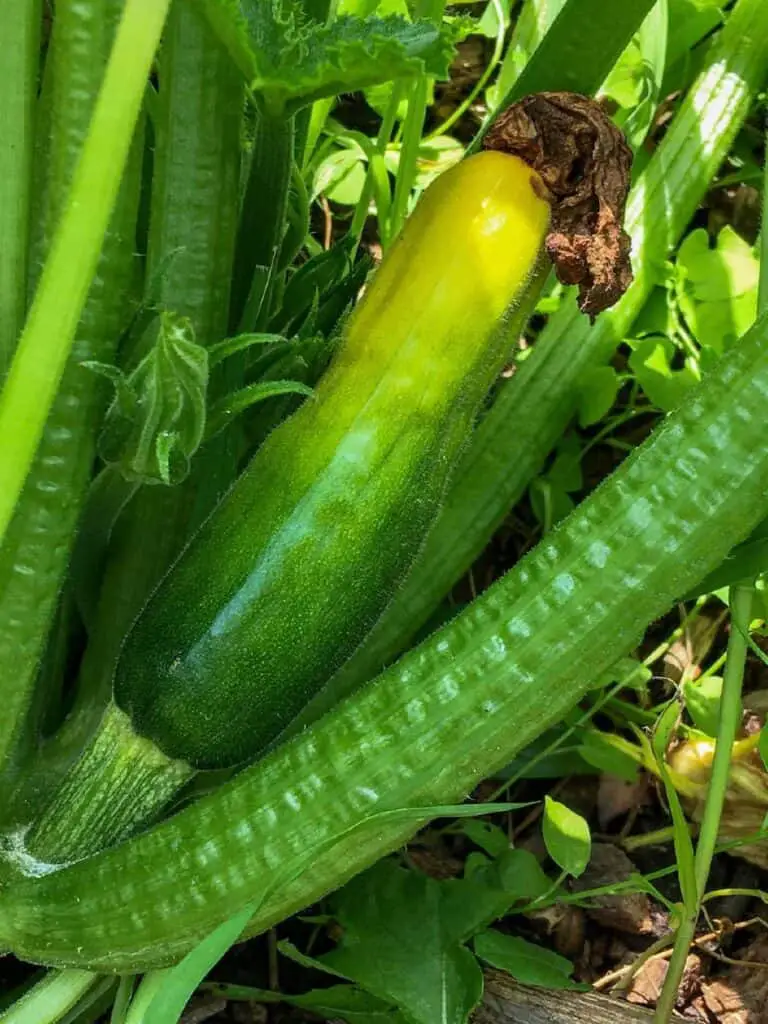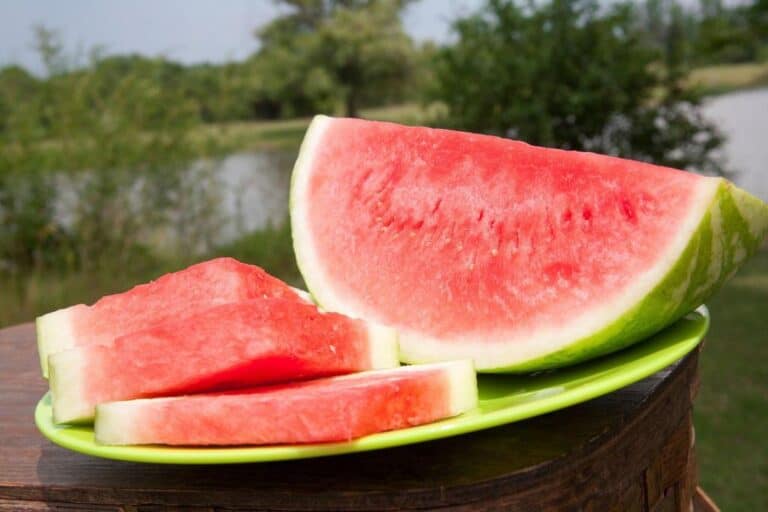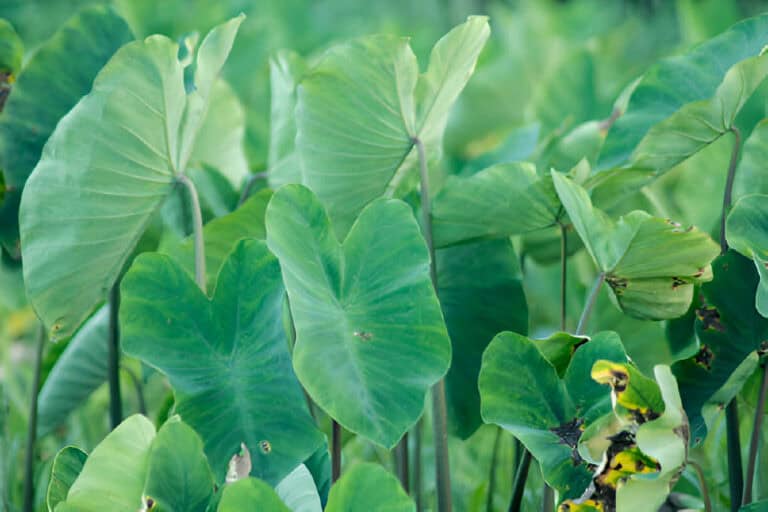Do Carrots Have Flowers? (Carrots Blooms & What They Look Like)
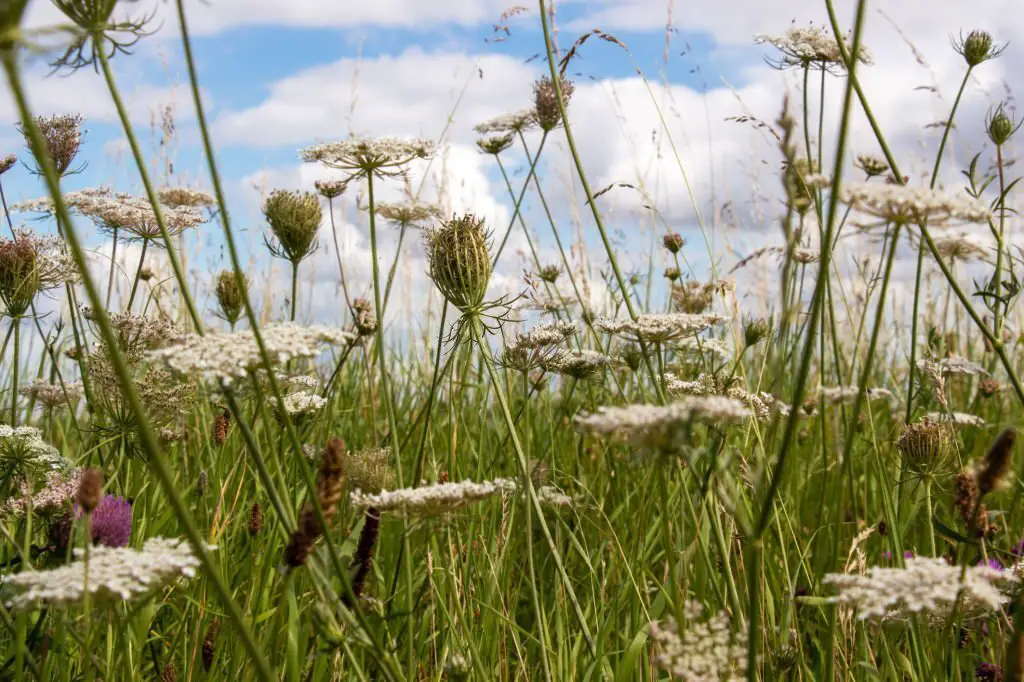
Carrot plants have flowers, but they won’t appear every year. Carrot plants are biennial plants. The plants are supposed to flower during their second year of life.
Sometimes, with weather fluctuations, a carrot plant flowers in its first year — earlier than it should. This condition is known as “bolting.”
When carrot flowers, they develop in clusters called umbels. Each umbel contains smaller clusters of flowers called umbelletes. The actual individual flowers of a carrot plant in each umbellet are tiny-sized.
The individual carrot flowers are what are called “perfect” flowers. This means they have both male and female parts in the same flower.
The male part of the flower, the stamen, will become active and shed its pollen before the stigma. The female part is active and ready to receive pollen.
This is a trick that plants with perfect flowers have developed to encourage pollination from different plants. This way, they produce a diverse gene pool.
Carrots are biennial plants, meaning they take two years to complete their life cycle. This is another “trick” that plants have to used to grow.
This makes it possible for a plant that requires a long growing season to grow in an area with a short growing season. So, carrots will enter dormancy after their first year of growth and finish their carrots life cycle in the following year after overwintering.
How to Grow Carrot Flowers & Seeds
The easiest way to grow carrot flowers and seeds is to leave carrot plants to overwinter. The plants will produce flowers and seeds in their second year.
Carrot plants can survive sub-zero air temperatures when covered with a layer of snow or mulch. I live in southwest Michigan, and carrots have no problem overwintering.
If you’re still worried or have tried to overwinter carrots without success, your best bet is to choose a cold-hardy variety like Napoli and try again.
If it still doesn’t work for you and you want to overwinter carrots, use the following method called “root to seed”.
- Harvest carrots in the fall at the normal time. Trim back the top foliage, leaving 1-2 inches of green growth on top. If you like uniform-looking carrots, wash and dry the carrots and discard any with blemishes or misshapen ones.
- Next, put the carrots in paper bags with wood chips or desiccants. Put the paper bags in airtight ziploc plastic bags and put the plastic bags in the refrigerator. When spring comes, plant the carrots at the same time you would normally plant seeds. The carrots will wake from their dormancy and be in their second year of growth where they will produce flowers and seeds.
- Carrot plants will flower for 30-50 days. Once pollinated, the clusters of flowers will dry up and the edges will curl inwards like a bird’s nest. A single carrot plant will have around 1,000 carrot seeds. To collect the seeds, just cut off the umbel from the stem and put it into a bag or container.
- Next, do your best to wrangle the seeds from the top of the flower by hand. Use a sieve to help separate chaff from the small carrot seeds. Make sure seeds are dry and then separate them into envelopes by variety and store them in the refrigerator. We should store them this way for up to 7 years with little germination rate loss.
What is Carrots Bolting?
When carrots bolt and start to flower and produce seed earlier than expected, the plant stops putting resources into the taproot, the carrot. It puts all its resources into flower and seed production. There’s not much edible carrot produced in this scenario.
If you’ve been growing carrots in your garden and have been enjoying their sweet taste all season, you may be in for a surprise come fall. That’s because carrots are notorious for bolting, or going to seed, in the late summer and early fall.
Bolting is a natural process that occurs when the plant’s flowers are pollinated and the seeds begin to form. Bolting is also known as “running to seed” and it’s when the plant speeds up its life cycle by jumping to flowering ahead of schedule.
Weather fluctuations or stress caused this plant bolting. Some varieties, like Karudo and purple varieties, are prone to bolting. Once the carrot plant bolts, the flavor of the root vegetable will decline and it will become tough and stringy.
So if you’re planning on harvesting carrots from your garden soon, monitor them and harvest them before they bolt.
To prevent your carrots from blooming, spread new seeds every two weeks during the season. This will increase your chances of having at least some plants thrive, regardless of the weather.
Eating Carrots After the Plant Flowers
Carrots are the energy storage system for carrot plants. During their second year of growth, carrots are supposed to start flowering. The plant uses the sugar in the carrot to grow the flowers and produce seeds.
After planting flowers the carrot will be smaller and more woody, making it not good for eating. A carrot plant that bolts and flowers the first year likely didn’t have enough time in a vegetative growth state to grow a good-sized carrot.
How Are Carrot Plant Flowers Pollinated?
Carrot plant flowers are insect-pollinated. In Jefferson County, Oregon where 85% of the hybrid carrot seeds in the country are produced 10,000 colonies are used in July to ensure good pollination of carrot flowers, which makes for good seed production. Bee colonies are rented out for around $100 a piece.
In fields that are grown for carrot seed, two different varieties are grown in the same field. There are four rows of one variety that has male-sterile flowers and two rows of another variety that has viable male pollen.
With this configuration, the four rows with the non-viable male pollen will end up with seeds that are a hybrid of the two varieties. The two rows that have the viable pollen will have 100% of that variety’s genetics.
Purple Carrot Flowers
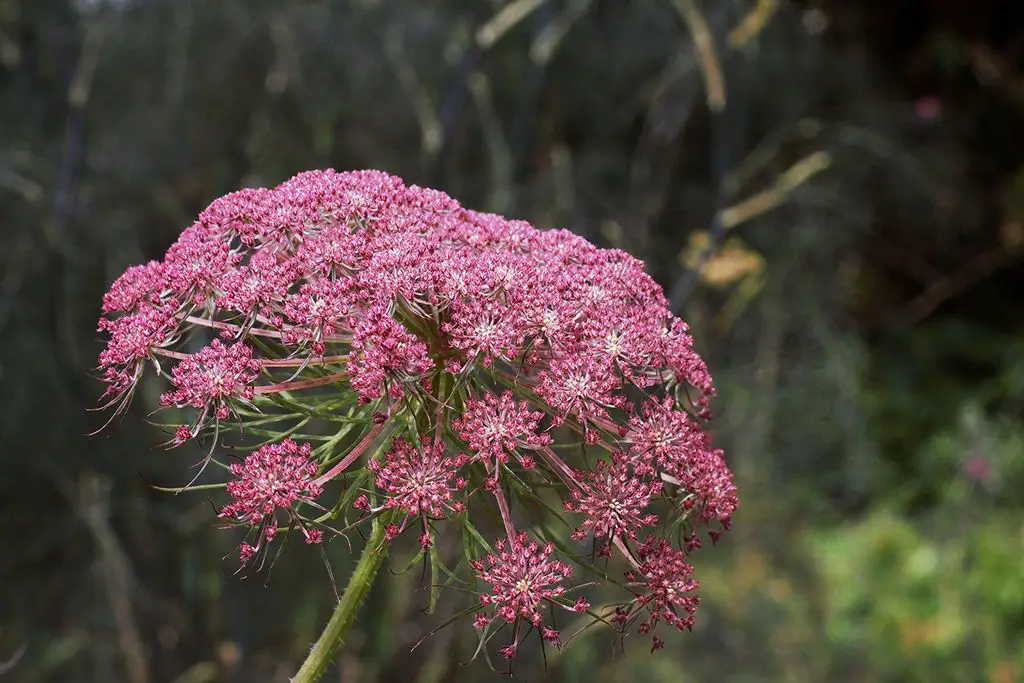
I’d guess that most purple varieties of carrots produce purple flowers. Purple Haze is one variety I know that produces purple carrots and flowers.
Purple carrot flowers are not as common as the orange or white varieties, but they are just as beautiful. The petals are a deep purple and the centers are a bright yellow. They grow on tall stems and make a great addition to any garden.
Carrot Flowers & Queen Anne’s Lace

Queen Anne’s Lace also known as wild carrot, is a parent plant of cultivated carrots. Both wild and cultivated carrots fall under the same species Daucus Carota L. Queen Anne’s Lace is identified by the small purple floret in the center of the flower. It’s said to be Queen Anne and the white flowers surrounding it are her lace. This variety of flowers also has an edible root that’s smaller.
There is another plant known as False Queen Anne’s Lace that has a very similar flower, Ammi majus. Poison hemlock also looks similar and is extremely poisonous when ingested. The clusters of flowers, called umbellets, on the poison hemlock plant are spaced farther apart than on the real Queen Anne’s Lace or the False Queen Anne’s Lace.

